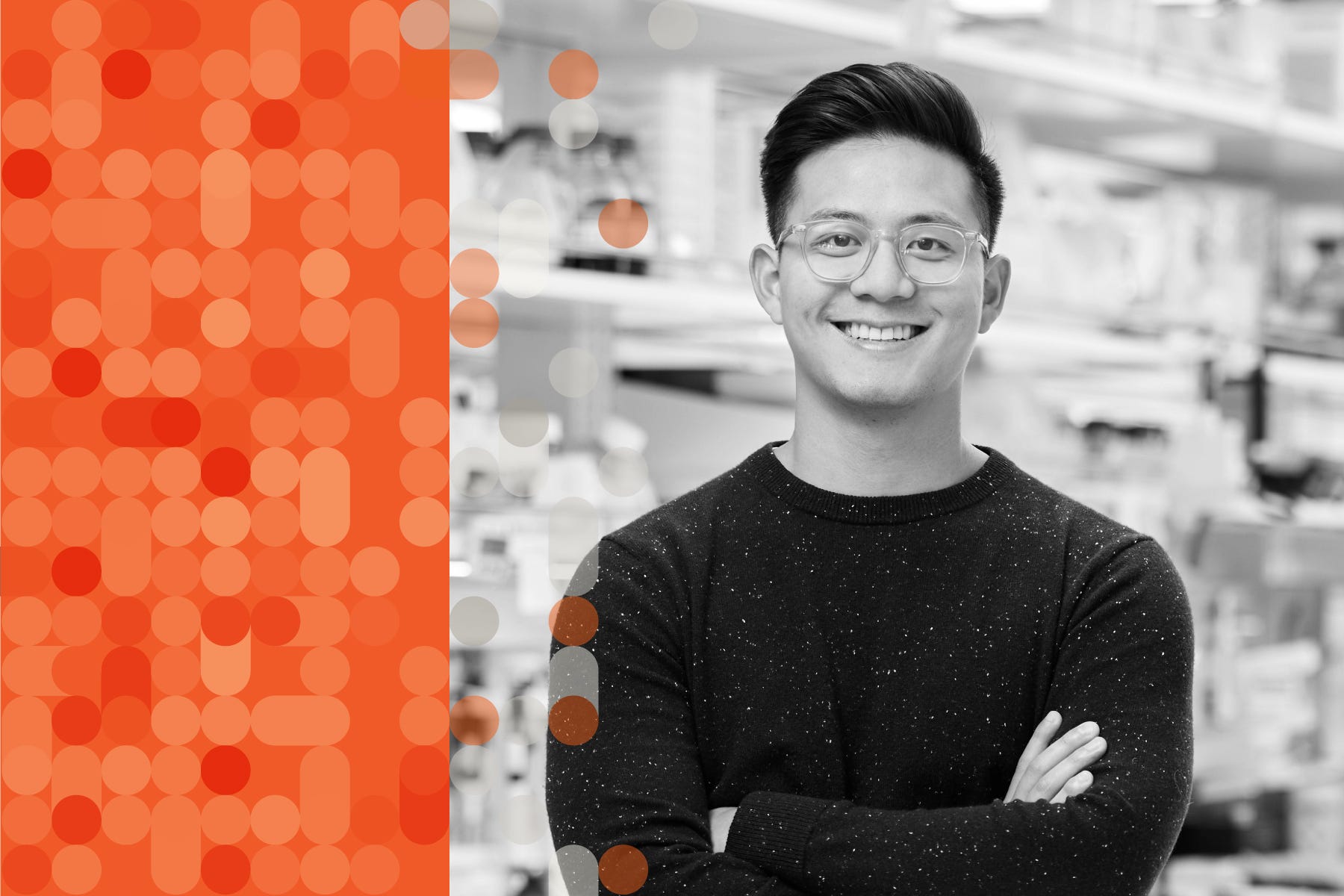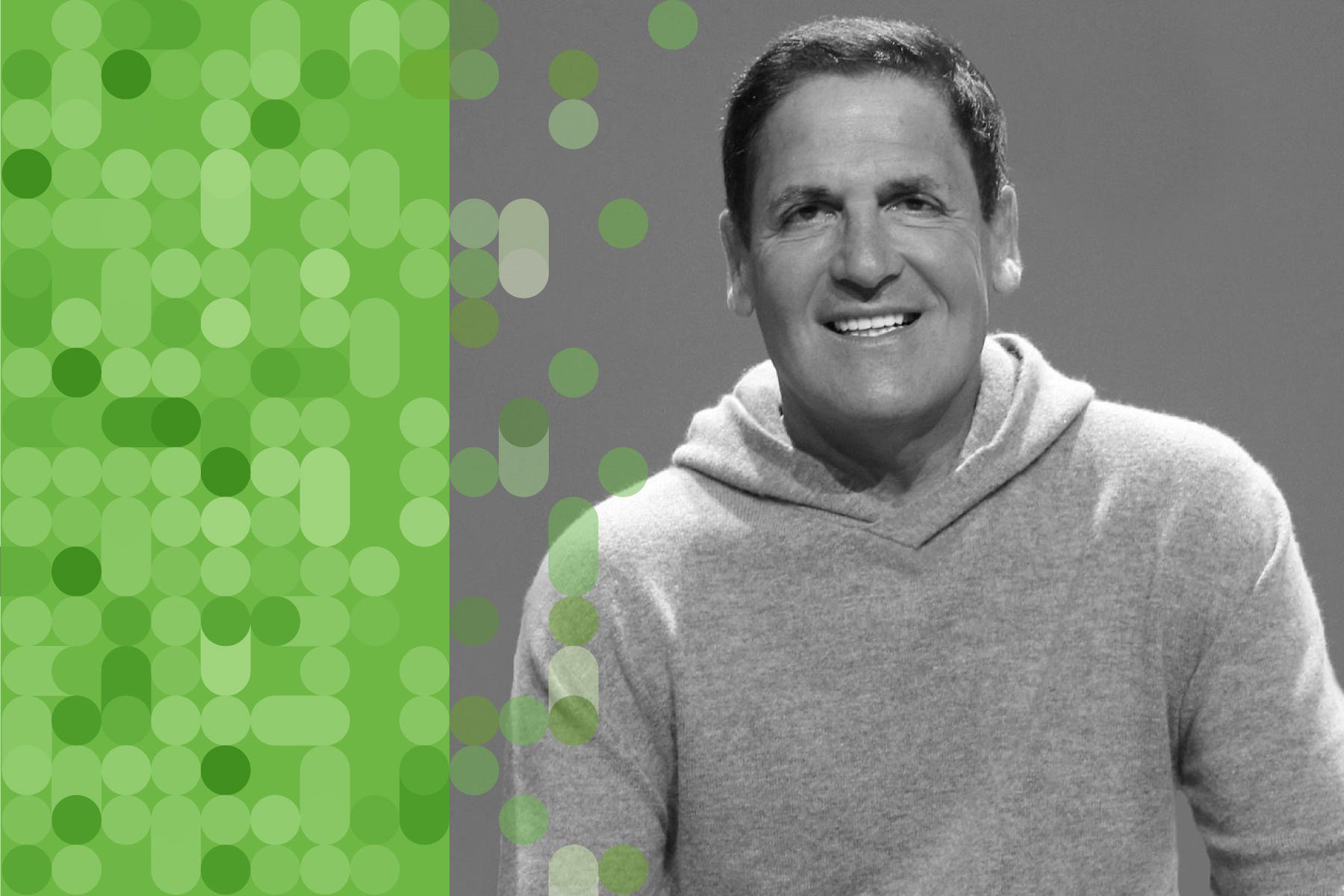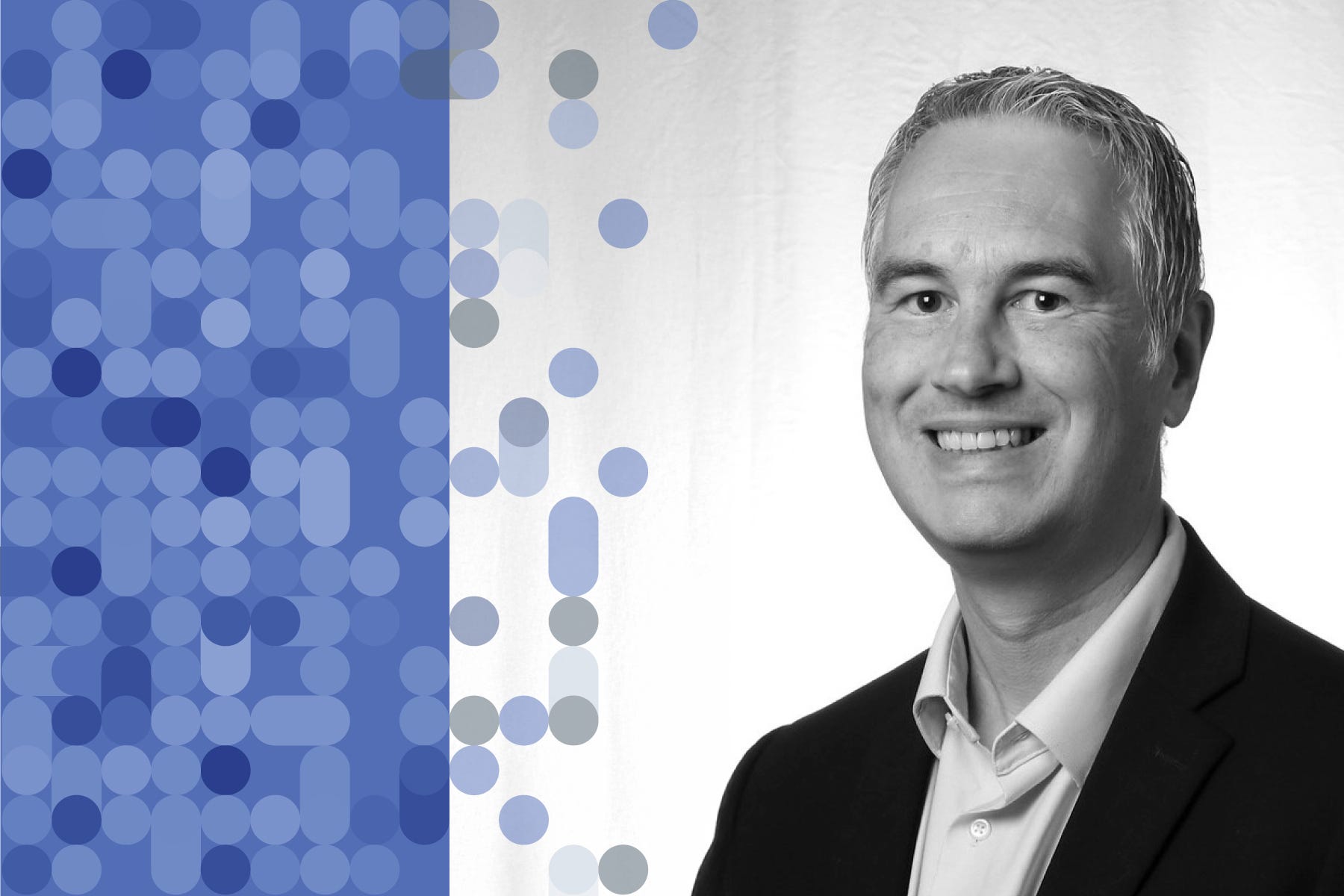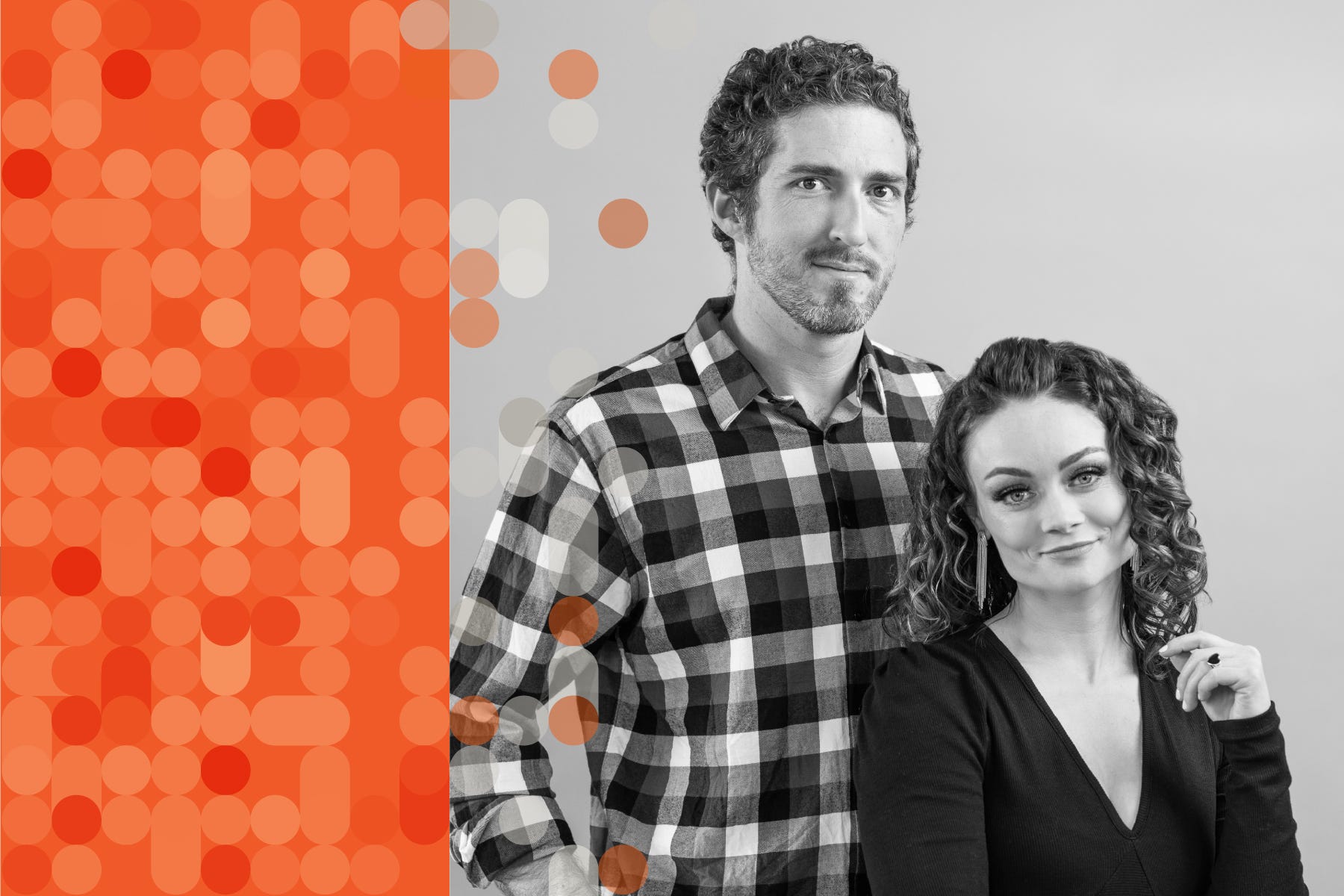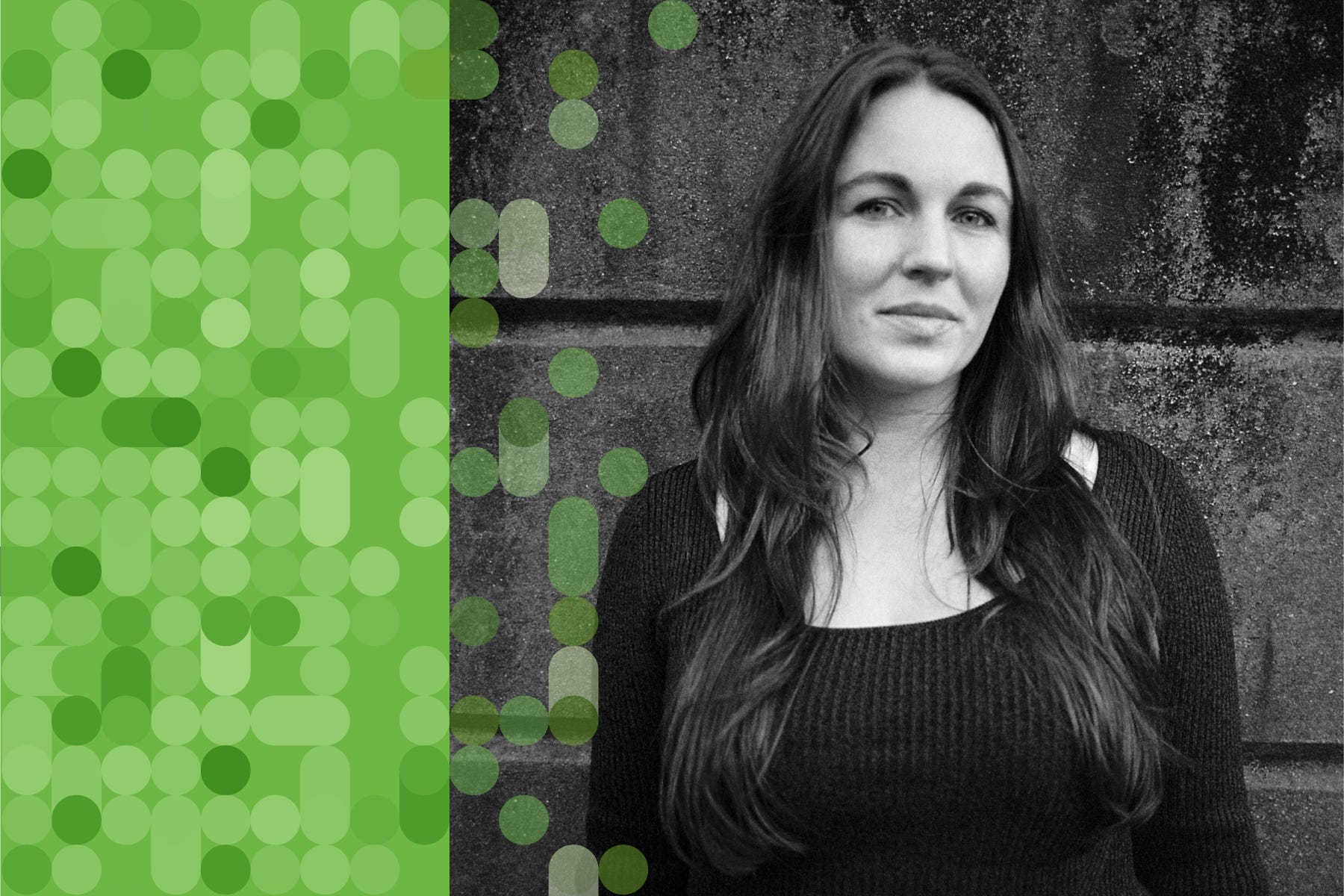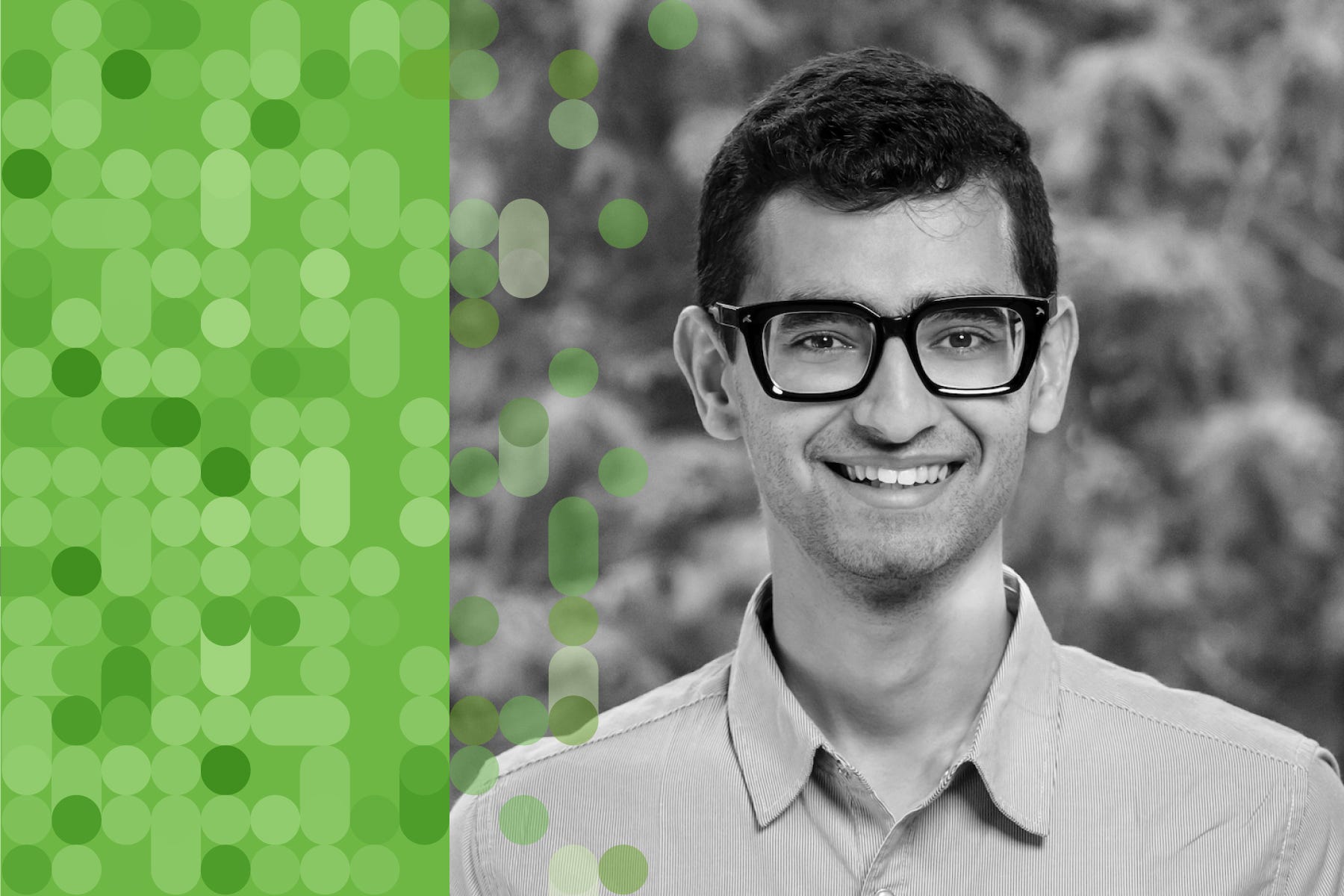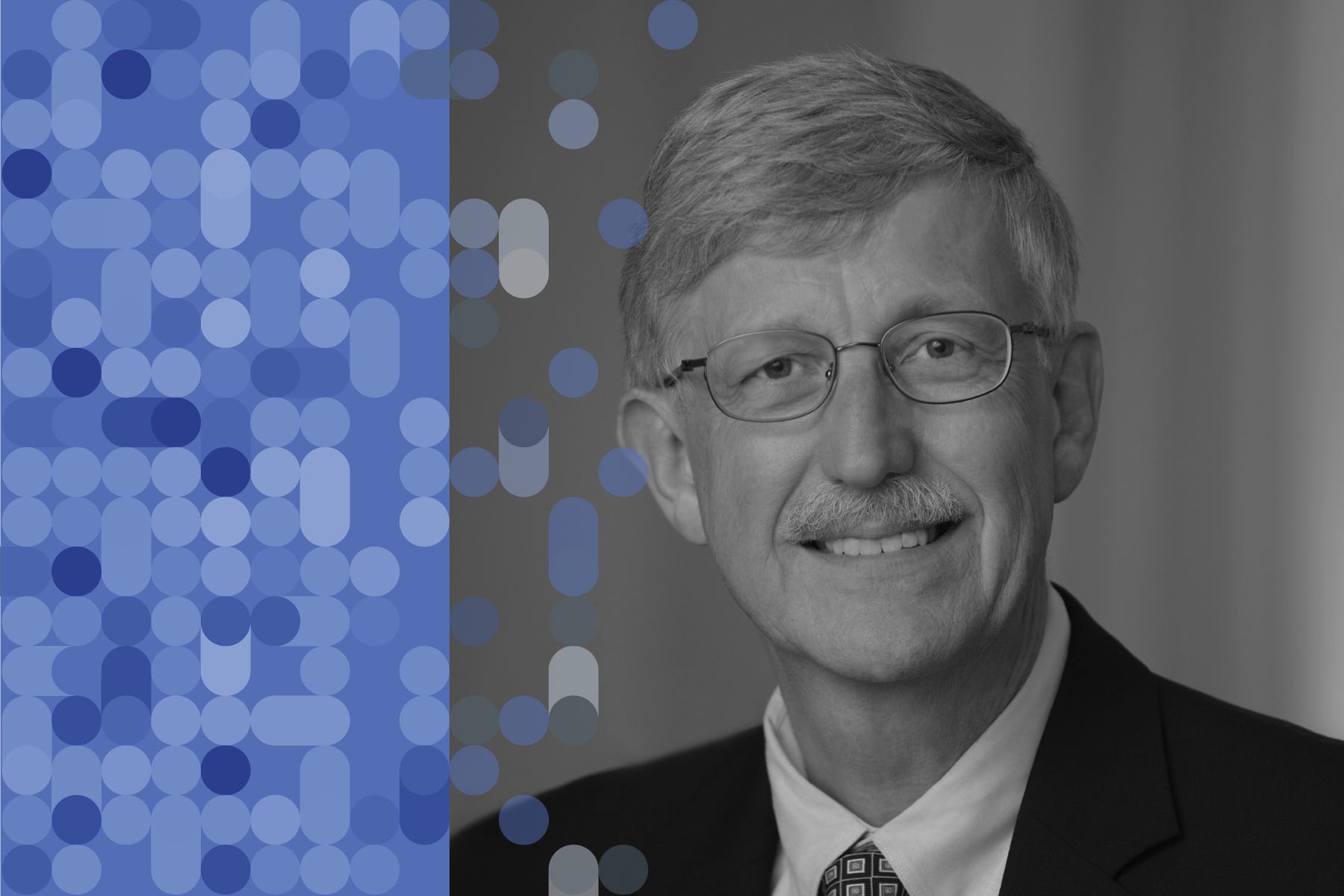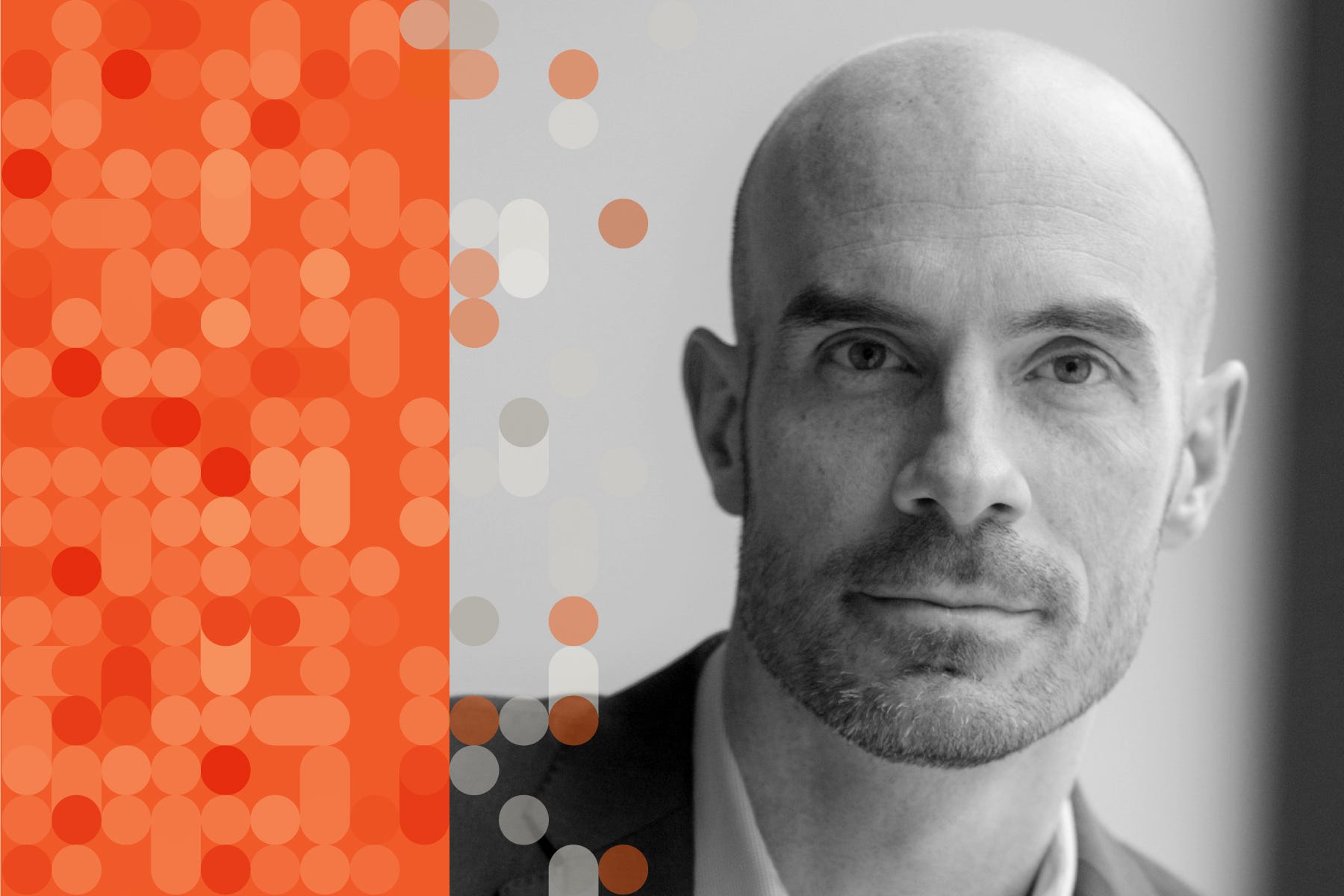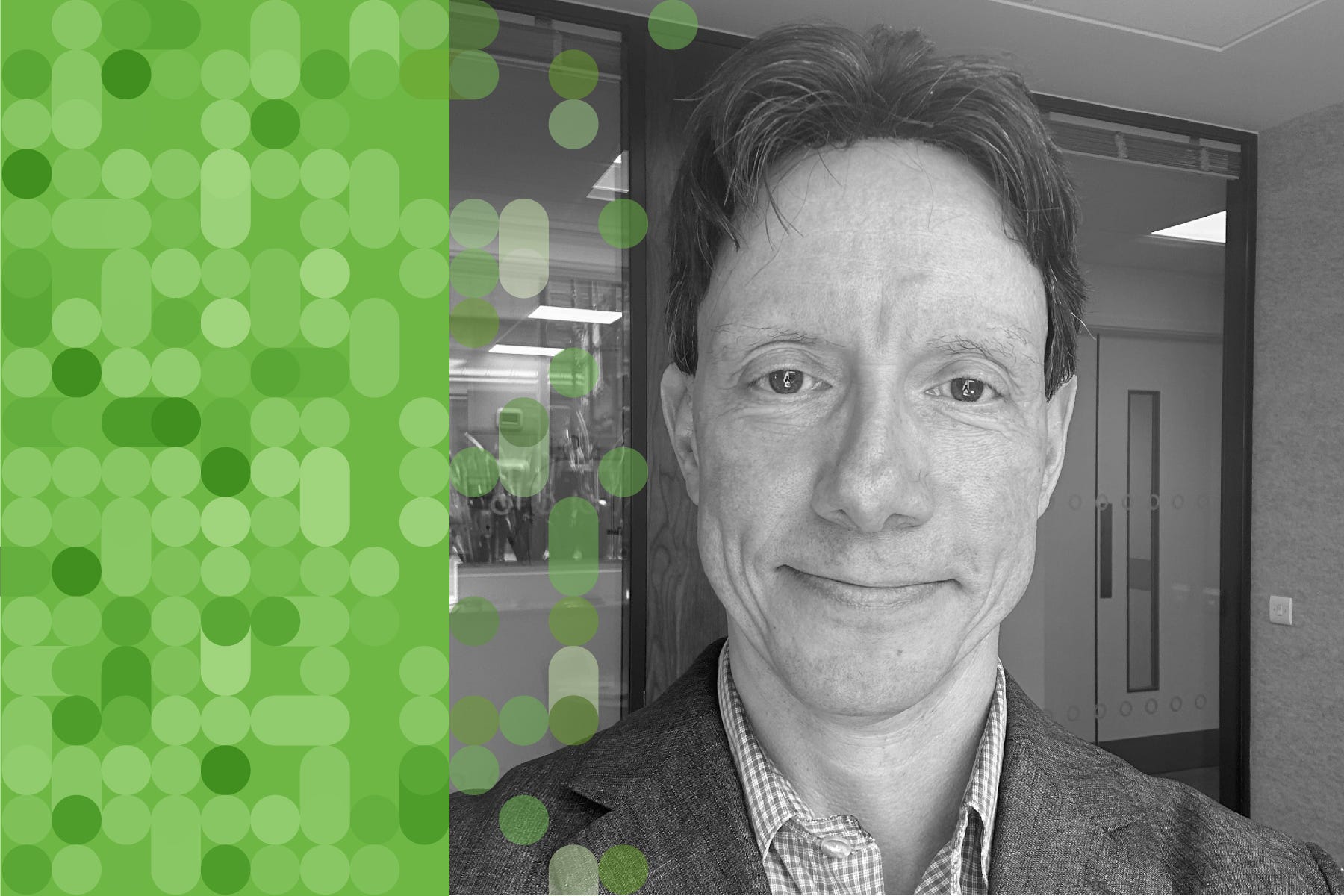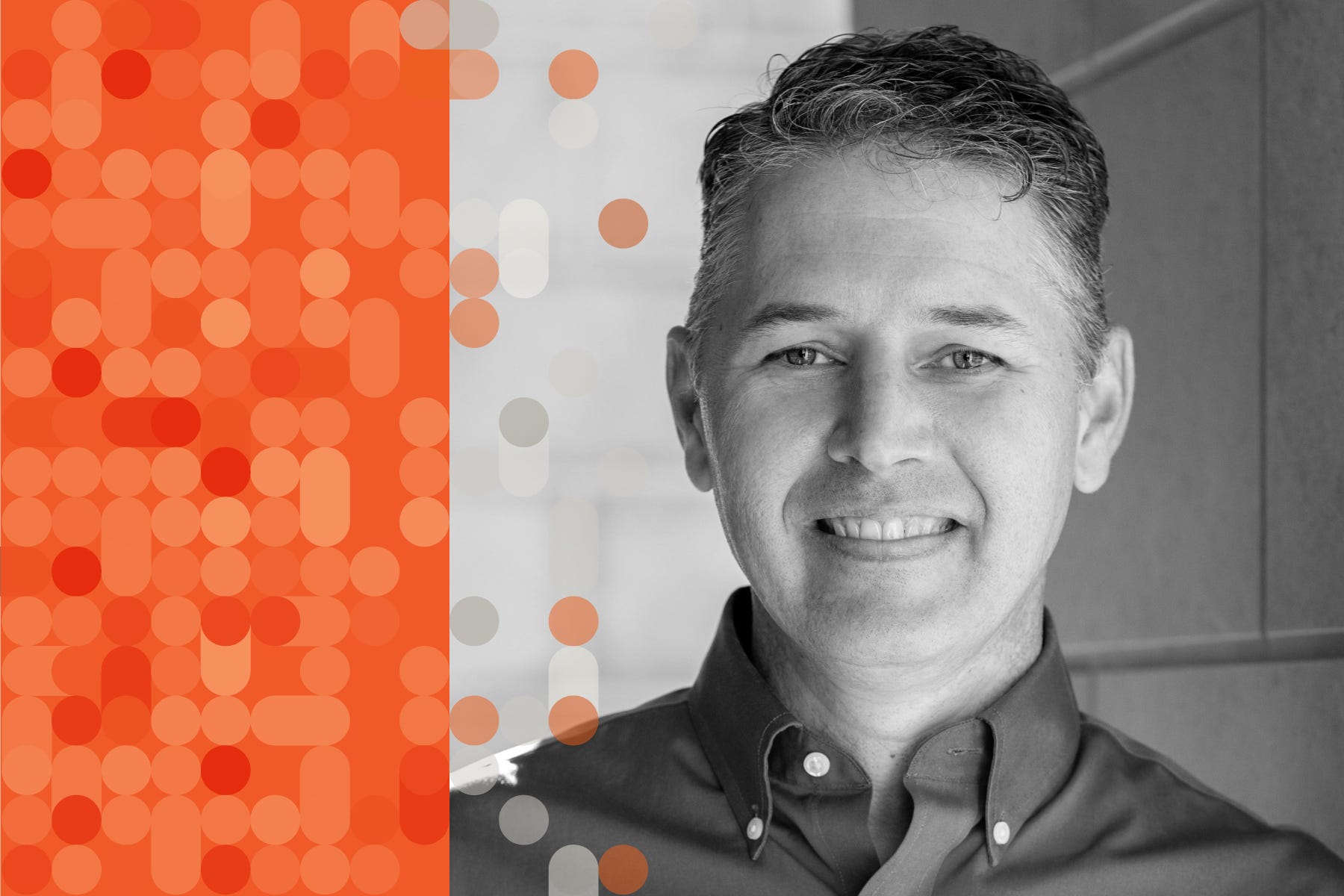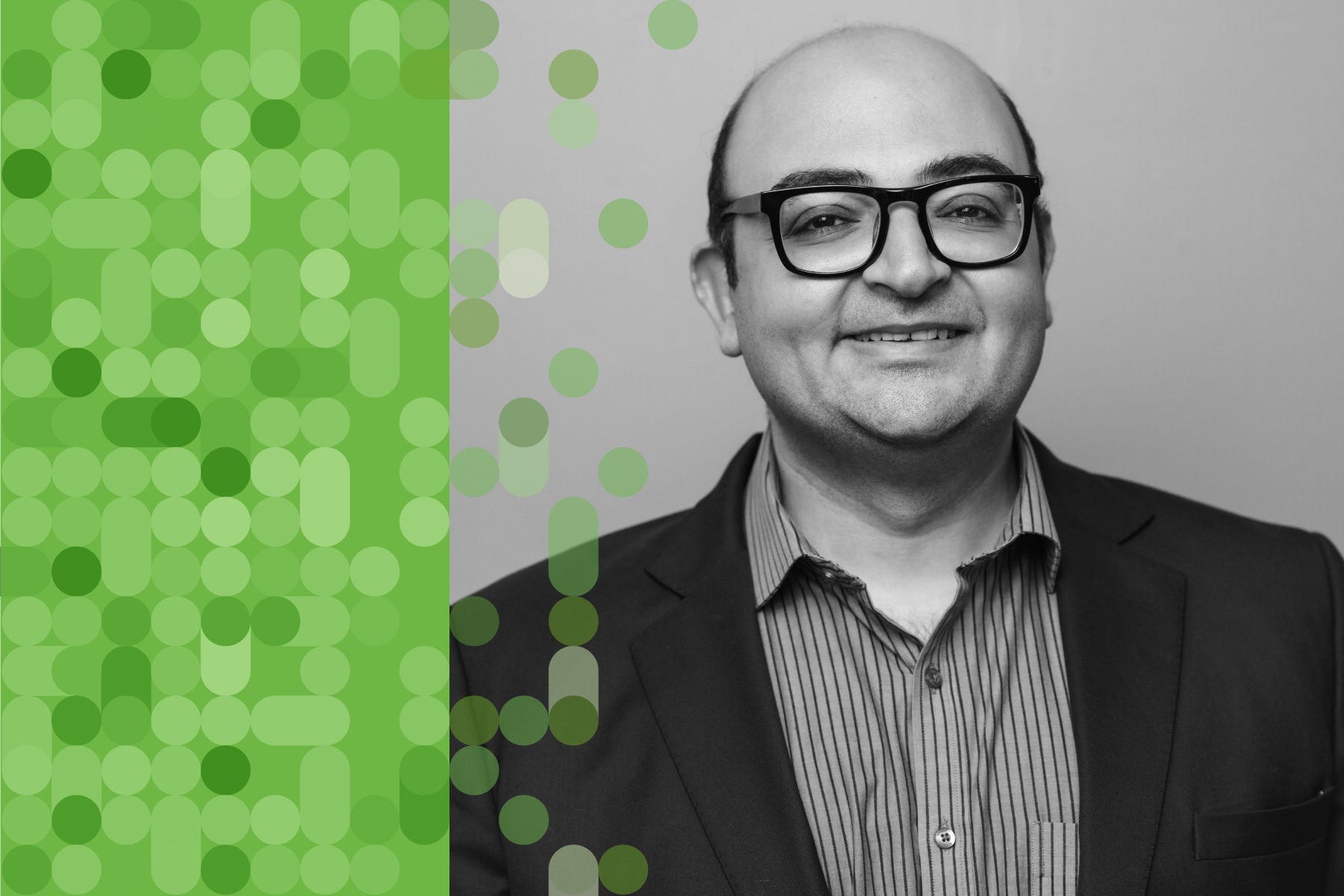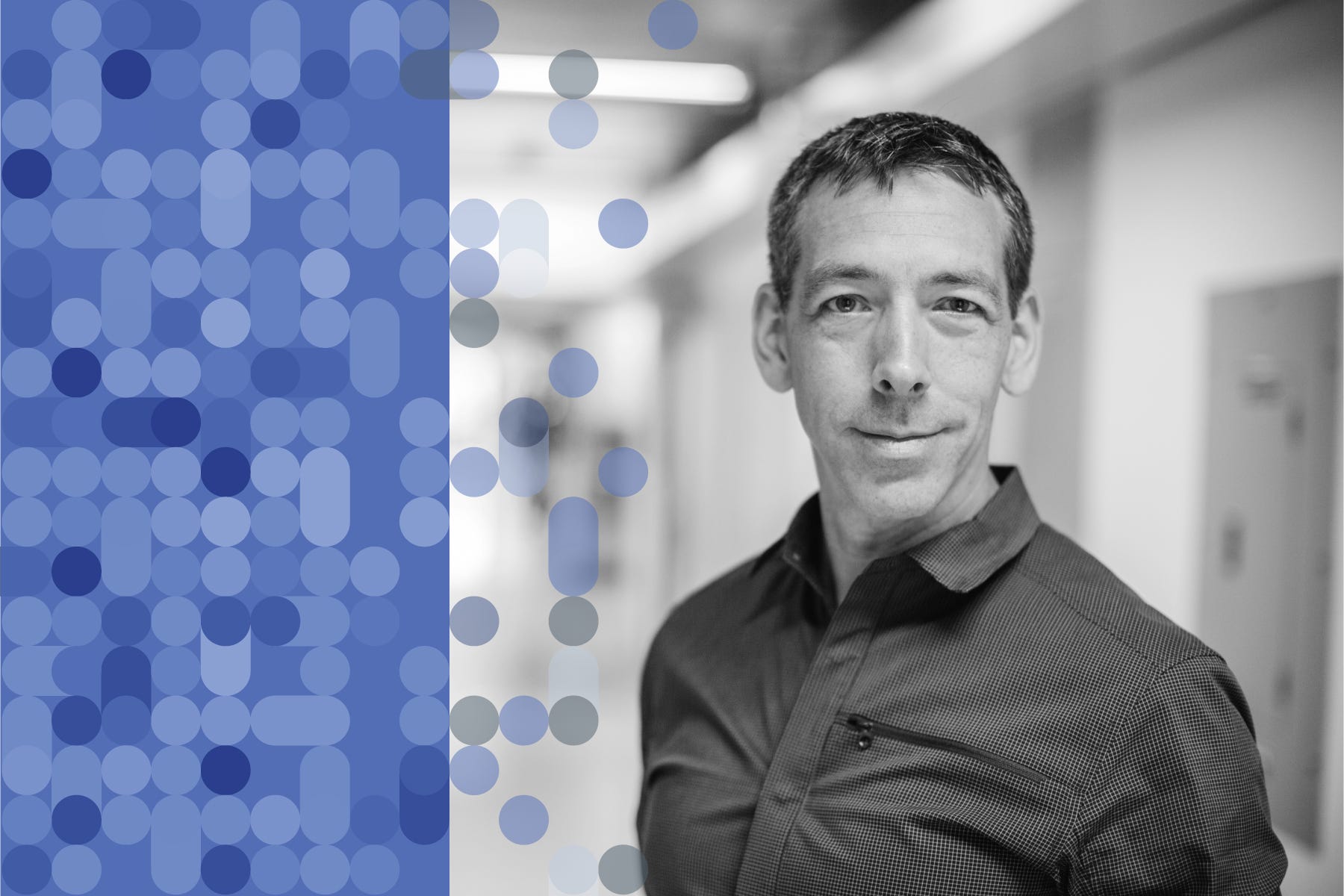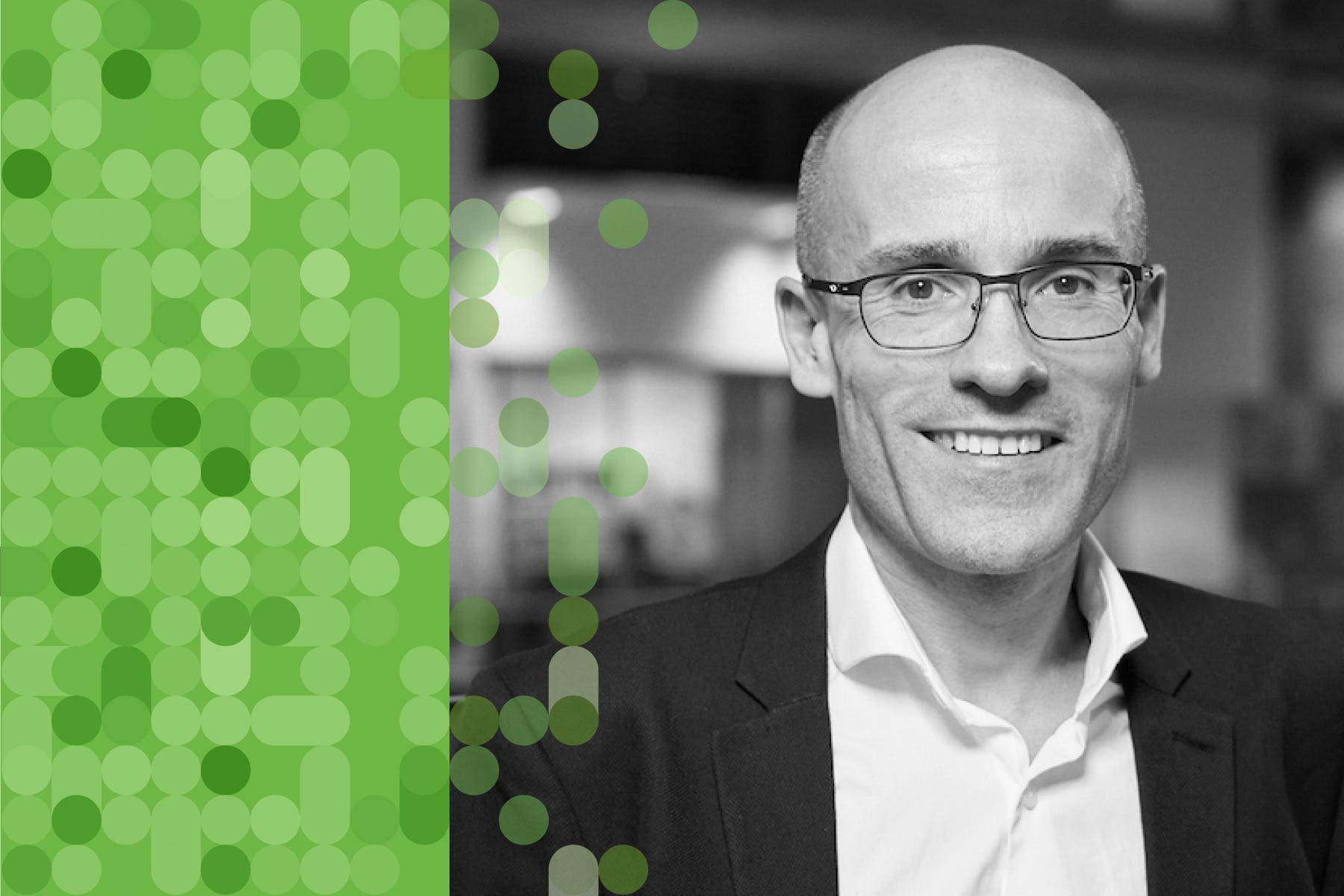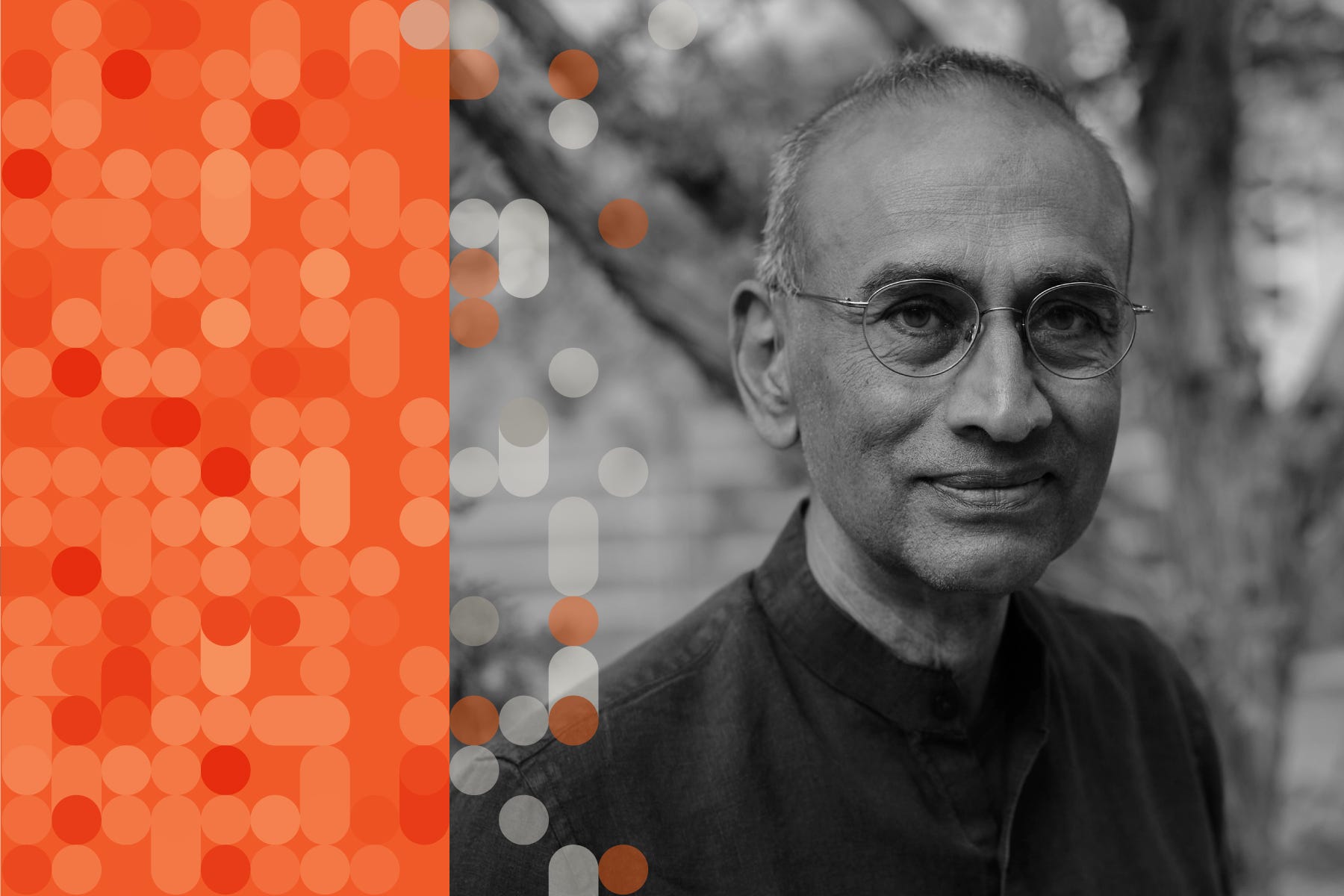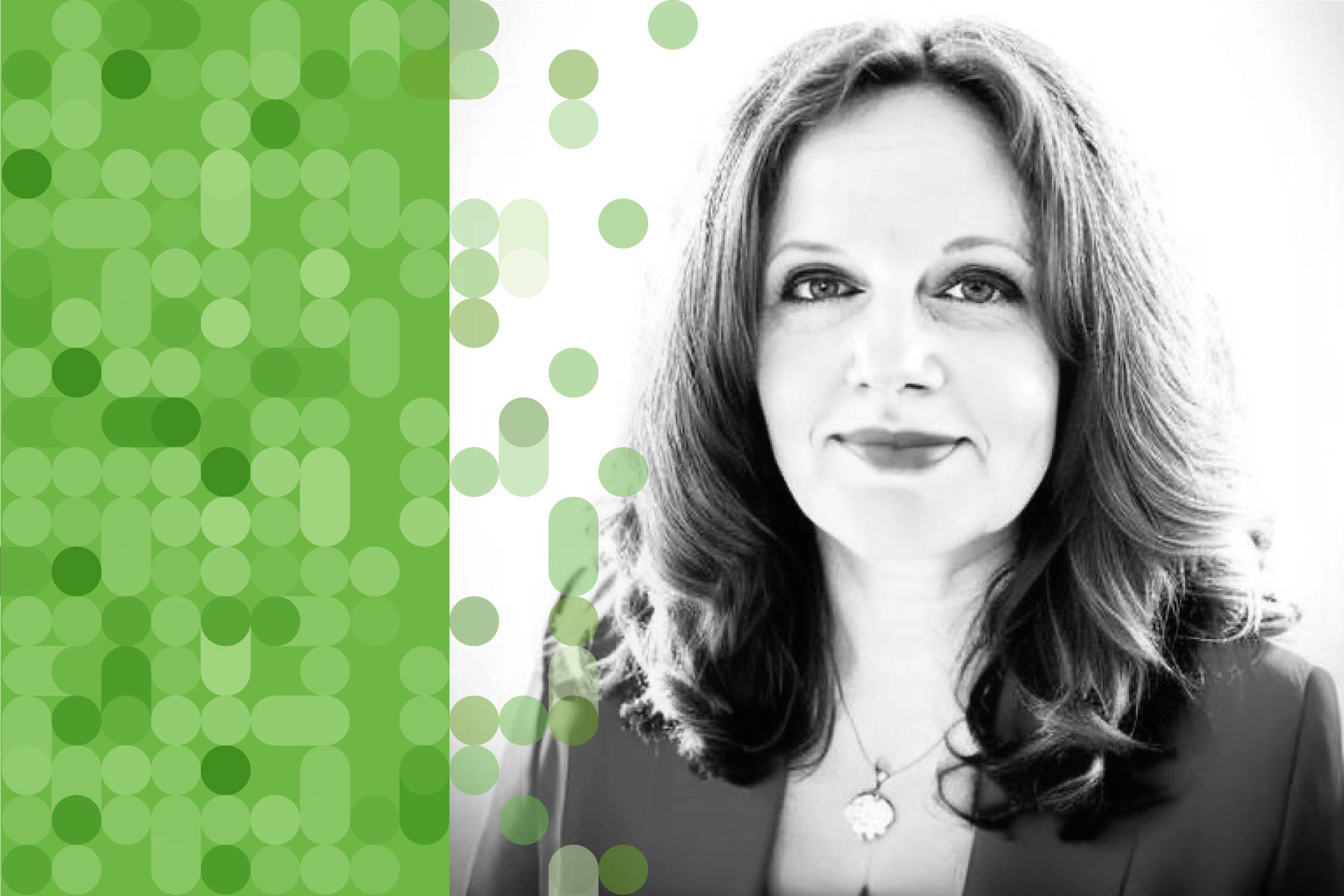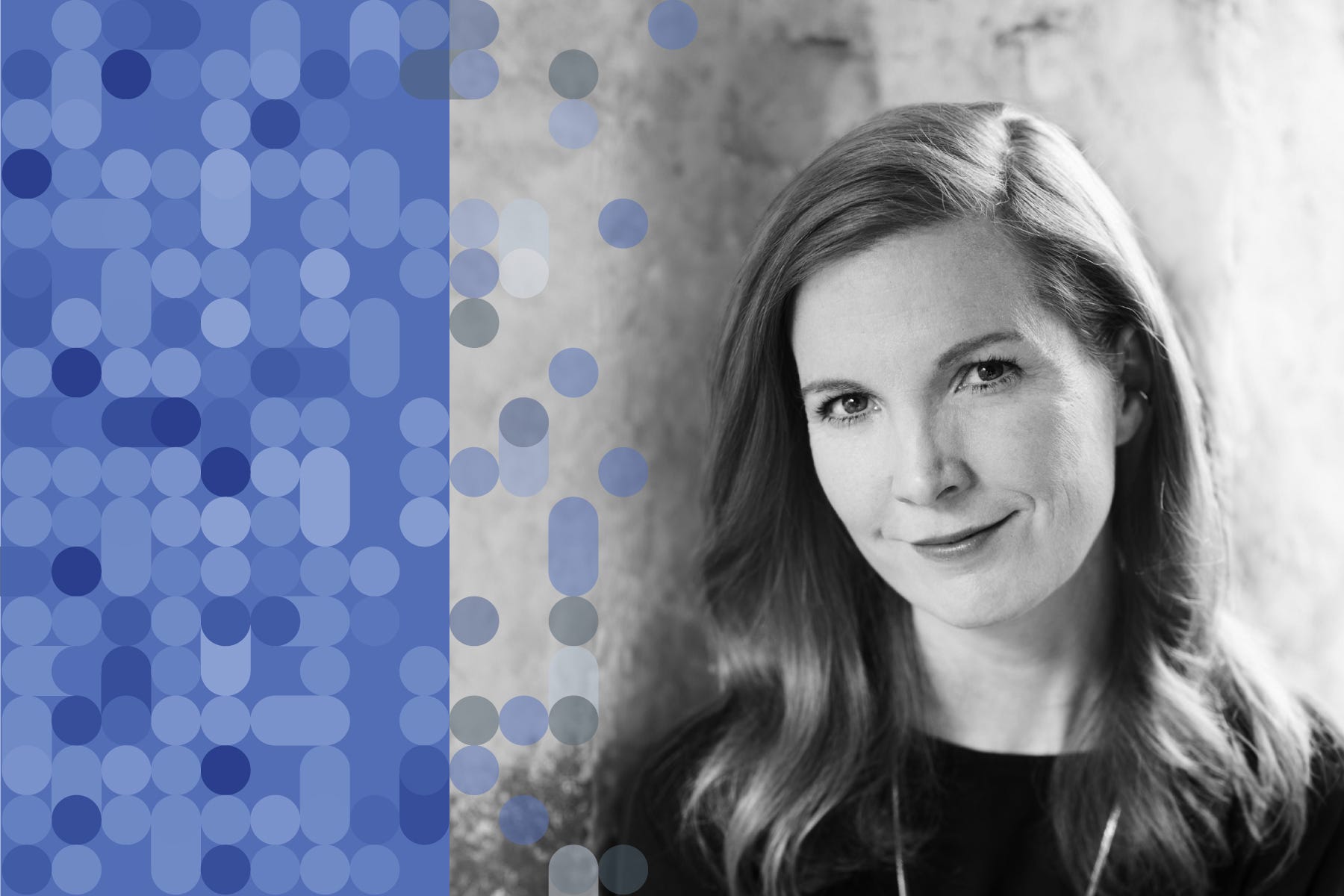Patrick Hsu: A Trailblazer in Digital Biology
Description
When I think of digital biology, I think of Patrick Hsu—he’s the prototype, a rarified talent in both life and computer science, who recently led the team that discovered bridge RNAs, what may be considered CRISPR 3.0 for genome editing, and is building new generative A.I. models for life science. You might call them LLLMs-large language of life models. He is Co-Founder and a Core Investigator of the Arc Institute and Assistant Professor of Bioengineering and Deb Faculty Fellow at the University of California, Berkeley.
Above is a brief snippet of our conversation. Full videos of all Ground Truths podcasts can be seen on YouTube here. The audios are also available on Apple and Spotify.
Here’s the transcript with links to the audio and external links to relevant papers and things we discussed.
Eric Topol (00:06 ):
Well hello, it's Eric Topol with Ground Truths and I'm really delighted to have with me today Patrick Hsu. Patrick is a co-founder and core investigator at the Arc Institute and he is also on the faculty at the University of California Berkeley. And he has been lighting things up in the world of genome editing and AI and we have a lot to talk about. So welcome, Patrick.
Patrick Hsu (00:29 ):
Thanks so much. I'm looking forward to it. Appreciate you having me on, Eric.
The Arc Institute
Eric Topol (00:33 ):
Well, the first thing I'd like to get into, because you're into so many important things, but one that stands out of course is this Arc Institute with Patrick Collison who I guess if you can tell us a bit about how you two young guys got to meet and developed something that's really quite unique that I think brings together investigators at Stanford, UCSF, and Berkeley. Is that right? So maybe you can give us the skinny about you and Patrick and how all this got going.
Patrick Hsu (01:05 ):
Yeah, sure. That sounds great. So we started Arc with Patrick C and with Silvana Konermann, a longtime colleague and chemistry faculty at Stanford about three years ago now, though we've been physically operational just over two years and we're an independent research institute working at the interface of biomedical science and machine learning. And we have a few different aspects of our model, but our overall mission is to understand and treat complex human diseases. And we have three pillars to our model. We have this PI driven side of the house where we centrally fund our investigators so that they don't have to write grants and work on their very best ideas. We have a technical staff side of the house more like you'd see in a frontier AI lab or in biotech industry where we have professional teams of R&D scientists working cross-functionally on higher level organizational wide goals that we call our institute initiatives.
(02:05 ):
One focused on Alzheimer's disease experimentally and one that we call a virtual cell initiative to simulate human biology with AI foundation models. And our third pillar over time is to have things not just end up as academic papers, but really get things out into the real world as products or as medicines that can actually help patients on the translational side. And so, we thought that some really important scientific programs could be unlocked by enabling new organizational models and we are experimenting at the institutional scale with how we can better organize and incentivize and support scientists to reach these long-term capability breakthroughs.
Patrick, Patrick and Silvana
Eric Topol (02:52 ):
So the two Patrick’s. How did you, one Patrick I guess is a multi-billionaire from Stripe and then there's you who I suspect maybe not quite as wealthy as the other Patrick, how did you guys come together to do this extraordinary thing?
Patrick Hsu (03:08 ):
Yeah, no, science is certainly expensive. I met Patrick originally through Silvana actually. They actually met, so funny trivia, all three Arc founders did high school science together. Patrick and Silvana originally met in the European version of the European Young Scientist competition in high school. And Silvana and I met during our PhDs in her case at MIT and I was at Harvard, but we met at the Broad Institute sort of also a collaborative Harvard, MIT and Harvard hospitals Institute based in Kendall Square. And so, we sort of in various pairwise combinations known each other for decades and worked together for decades and have all collectively been really excited about science and technology and its potential to accelerate societal progress. Yet we also felt in our own ways that despite a lot of the tremendous progress, the structures in which we do this work, fund it, incentivize it and roll it out into the real world, seems like it's really possible that we'll undershoot that potential. And if you take 15 years ago, we didn't have the modern transformer that launched the current AI revolution, CRISPR technology, single-cell, mRNA technology or broadly addressable LNPs. That’s a tremendous amount of technologies have developed in the next 15 years. We think there's a real unique opportunity for new institutes in the 2020s to take advantage of all of these breakthroughs and the new ones that are coming to continue to accelerate biological progress but do so in a way that's fast and flexible and really focused.
Eric Topol (04:58 ):
Yeah, I did want to talk with you a bit. First of all before I get to the next related topic, I get a kick out of you saying you've worked or known each other for decades because I think you're only in your early thirties. Is that right?
Patrick Hsu (05:14 ):
I was lucky to get an early start. I first started doing research at the local university when I was 14 actually, and I was homeschooled actually until college. And so, one of the funny things that you got to do when you're homeschooled is well, you could do whatever you want. And in my case that was work in the lab. And so, I actually worked basically full time as an intern volunteer, cut my teeth in single cell patch clamp, molecular biology, protein biochemistry, two photon and focal imaging and kind of spiraled from there. I loved the lab, I loved doing bench work. It was much more exciting to me than programming computers, which was what I was doing at the time. And I think these sort of two loves have kind of brought me and us to where we are today.
Eric Topol (06:07 ):
Before you got to Berkeley and Arc, I know you were at Broad Institute, but did you also pick up formal training in computer science and AI or is that something that was just part of the flow?
Patrick Hsu (06:24 ):
So I grew up coding. I used to work through problems sets before dinner growing up. And so, it's just something that you kind of learn natively just like learning French or Mandarin.
New Models of Funding Life Science
Eric Topol (06:42 ):
That's what I figured. Okay. Now this model of Arc Institute came along in a kind of similar timeframe as the Arena BioWorks in Boston, where some of the facult

